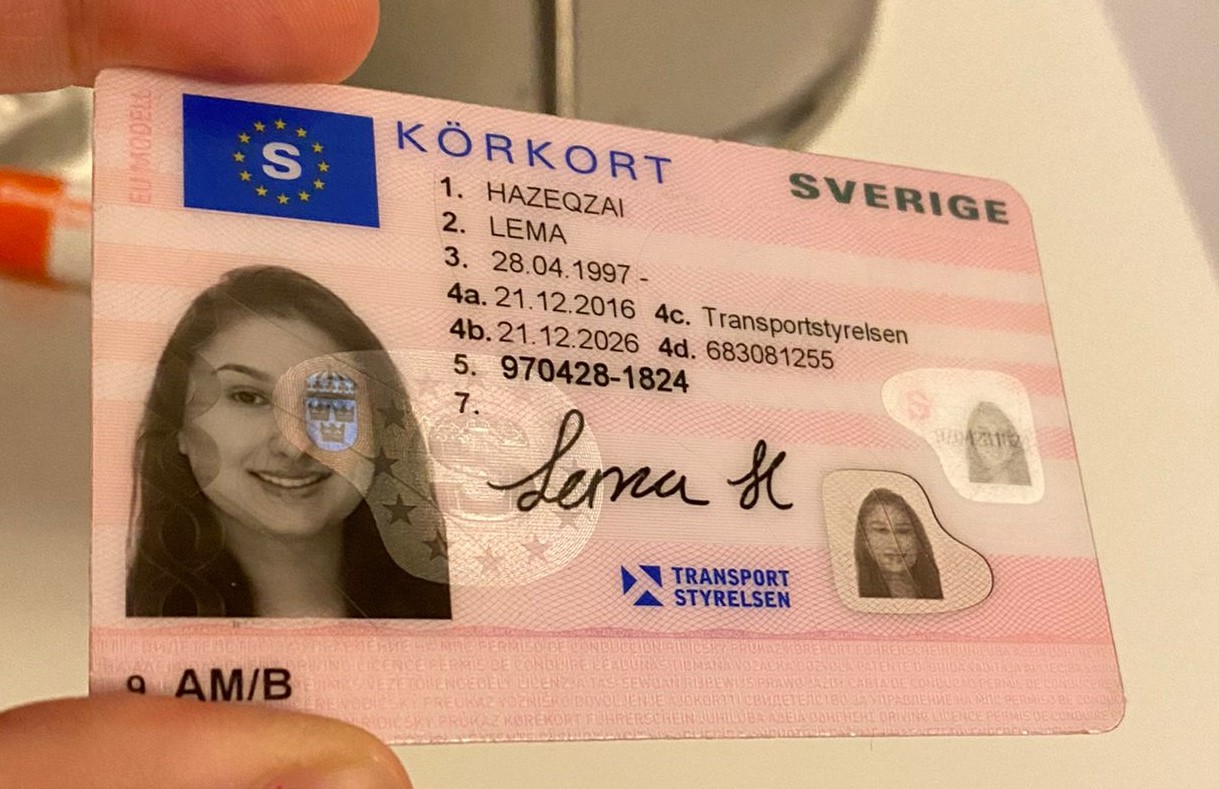12 Companies That Are Leading The Way In Driving License Id-Handling 2025

The Future of Driving Licenses: ID Handling in 2025
As innovation continues to progress at an unprecedented rate, various sectors are welcoming innovations to boost user experience and effectiveness. Among the locations experiencing significant change is identity management, especially worrying driving licenses. With the intro of digital licenses and advanced recognition approaches, the landscape of driving license ID handling is anticipated to go through considerable changes by 2025. This post checks out the anticipated developments in driving license ID handling, the ramifications for users, and responses frequently asked questions about the future of driving licenses.
The Evolution of Driving Licenses
Driving licenses have actually typically served as a way of determining a person's authority to operate a motor automobile. They likewise serve multiple secondary purposes, including age verification and identity verification for banking and travel. Nevertheless, the physical card system has restrictions, including dangers of counterfeiting, loss, and outdated details. As society seriously relies on efficient and protected recognition systems, the shift towards digital licenses is ending up being progressively popular.
Current Trends in Driving License ID Handling
- Digital Licenses: Many states are piloting digital driving licenses that allow users to save their qualifications on their smart devices. These digital licenses are created with advanced security functions, including biometric data, and can be scanned or shared securely.
- Blockchain Technology: Some jurisdictions are checking out blockchain to improve the security and authenticity of driving licenses. This technology guarantees that information can not be damaged which the information is quickly proven.
- Facial Recognition: Increasingly used in identification practices, facial recognition technology can accelerate the procedure of validating a person's identity against their driving license. This innovation likewise helps in reducing scams and maintain the integrity of the licensing systems.
- Multi-Functional Licenses: Future driving licenses might incorporate additional features such as health records, travel documentation, and even payment systems, supplying an extensive identity service.
The Benefits of Digital Driving Licenses by 2025
The shift towards digital driving licenses provides a number of benefits, including:
- Convenience: Users can access their licenses anytime, which gets rid of the requirement for physical cards. This is particularly useful when individuals forget their license, as digital copies can be recovered rapidly.
- Security: Advanced security procedures can lower the risk of identity theft, scams, and unauthorized duplication. Bästa Körkort Online include file encryption and biometric confirmation.
- Efficiency: Reduced wait times at federal government workplaces and during traffic stops, as law enforcement can verify digital licenses instantly.
Implications for Users
While the developments in driving license ID managing present numerous advantages, they also come with difficulties. Users need to adapt to new technology and guarantee they comprehend the changes and their implications. Here are some considerations:
- Privacy Concerns: With increased digital footprints, there will be increased issues over data privacy and how biometric information is saved and utilized.
- Accessibility Issues: Individuals without access to mobile phones or digital technologies might deal with barriers to getting and making use of digital licenses.
- Regulative Compliance: With numerous jurisdictions embracing different systems and procedures, users should be conscious of their local laws relating to digital licenses and recognition.
Expected Changes in Driving License ID Handling by 2025
| Element | Present Status | Expected Change by 2025 |
|---|---|---|
| License Format | Physical cards | Predominantly digital licenses |
| Verification Process | Manual checks | Automated biometric verification |
| Security Measures | Standard holograms and features | Advanced file encryption and blockchain |
| Jurisdictional Differences | Fragmented processes across states | More standardized nationwide systems |
| User Interaction | In-person renewals and checks | Mobile applications for management |
Frequently asked questions
1. What is a digital driving license?A digital driving license is an electronic variation of a standard driving license that is saved on a mobile device. It can be used for recognition and confirmation in different circumstances, with enhanced security functions to prevent scams.
2. How will digital licenses improve security?Digital licenses make use of file encryption and biometric information, making them more difficult to forge or misuse compared to standard cards. In addition, blockchain technology can ensure information credibility and stability.
3. Will everybody be required to switch to a digital license?While numerous jurisdictions are moving toward digital licenses, guidelines might differ. Users are motivated to contact their regional licensing authorities for specific guidelines.
4. What are the prospective disadvantages of digital licenses?Some prospective drawbacks include privacy issues concerning data storage, availability problems for individuals without smart devices or digital literacy, and the need for a robust regulative structure to handle security and user rights.
5. How can I get ready for the shift to digital licenses?Stay notified about local initiatives relating to digital licenses, check out offered mobile applications for handling recognition, and cultivate digital literacy to navigate new innovations with confidence.
The future of driving licenses and ID handling is poised for considerable advancement by 2025. As digital licenses end up being more widespread, users will experience improved security, convenience, and effectiveness. However, together with the advantages come obstacles that will need public awareness and adjustment. Stakeholders must focus on education, regulation, and accessibility to make sure a smooth shift that empowers individuals with the recognition tools of the future. As innovation advances, so too will the methods through which society manages identity, especially vital in procedures as fundamental as running an automobile.

